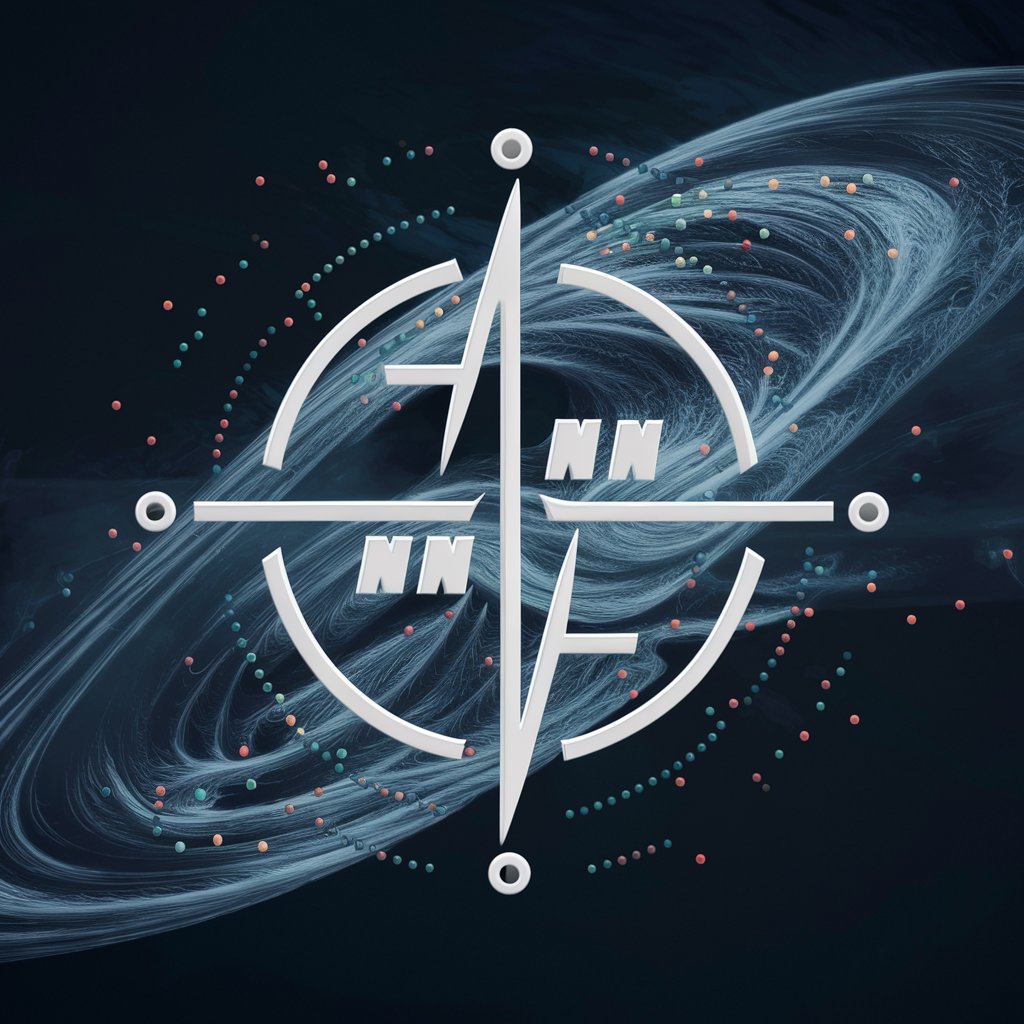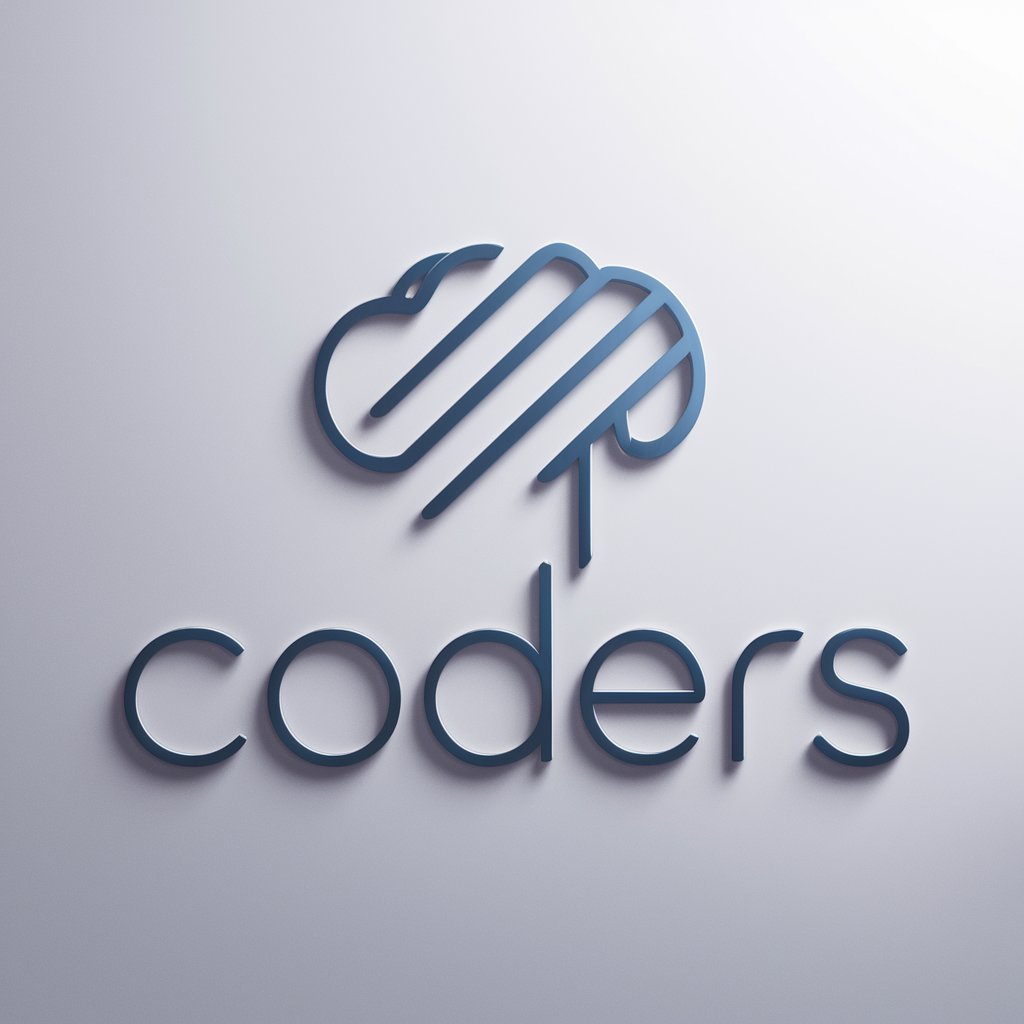Stochastic Processes - stochastic process tool for various applications.

Welcome to your guide on Stochastic Processes.
Empowering insights through AI-driven stochastic processes.
Explain the concept of Markov chains and their applications in real-world scenarios.
Describe the differences between weak and strong law of large numbers.
Discuss the role of martingales in stochastic processes.
Illustrate the Central Limit Theorem with an example.
Get Embed Code
Introduction to Stochastic Processes
Stochastic processes are mathematical models used to describe the evolution of random phenomena over time or space. They play a crucial role in modeling systems that exhibit randomness or uncertainty. A stochastic process consists of a collection of random variables indexed by some parameter, often time. Each random variable represents the outcome of a random experiment at a specific point in the parameter space. The parameter can be discrete, such as time steps in a sequence, or continuous, such as time in a continuous-time process. For example, consider a simple coin-tossing experiment. Each toss of the coin can be modeled as a random variable, where 'Heads' is assigned the value 1 and 'Tails' is assigned the value 0. If we repeat this experiment multiple times, we obtain a sequence of random variables indexed by the number of tosses. This sequence forms a stochastic process, where each random variable represents the outcome of a single coin toss at a specific time step. Powered by ChatGPT-4o。

Main Functions of Stochastic Processes
Modeling Random Phenomena
Example
Weather forecasting
Scenario
Stochastic processes are widely used to model random phenomena such as weather patterns. Weather variables like temperature, humidity, and precipitation can exhibit random behavior over time. By modeling these variables as stochastic processes, meteorologists can predict future weather conditions probabilistically.
Analyzing Time Series Data
Example
Stock market analysis
Scenario
Stochastic processes are applied in analyzing time series data, such as stock prices or economic indicators. By modeling the fluctuations in stock prices as a stochastic process, financial analysts can evaluate risk, forecast future prices, and develop trading strategies.
Optimization and Control
Example
Queueing systems
Scenario
Stochastic processes are used in optimization and control problems, particularly in systems involving queues. For example, in telecommunications networks, stochastic processes are employed to model the arrival and departure of data packets in a queue. This modeling allows engineers to optimize network performance and allocate resources efficiently.
Risk Assessment and Decision Making
Example
Insurance pricing
Scenario
Stochastic processes play a crucial role in risk assessment and decision making, especially in insurance and finance. Insurance companies use stochastic models to assess the likelihood of future events, such as accidents or natural disasters, and price insurance policies accordingly. These models help insurers manage risk and make informed decisions.
Ideal Users of Stochastic Processes
Researchers and Academics
Researchers and academics in fields such as mathematics, statistics, engineering, and economics are ideal users of stochastic processes. They utilize stochastic processes for theoretical analysis, developing new models, and conducting research in various applications. Stochastic processes provide a rigorous framework for studying random phenomena and formulating mathematical theories.
Engineers and Data Scientists
Engineers and data scientists leverage stochastic processes for practical applications in fields such as telecommunications, manufacturing, transportation, and data analysis. They use stochastic models to design and optimize systems, predict future outcomes, and make data-driven decisions. Stochastic processes offer powerful tools for analyzing complex systems and managing uncertainty.
Financial Analysts and Risk Managers
Financial analysts and risk managers rely on stochastic processes for modeling financial markets, assessing risk, and making investment decisions. Stochastic models help them understand market dynamics, estimate asset prices, and quantify risk exposure. By incorporating stochastic processes into financial models, analysts can develop strategies for portfolio management and risk mitigation.

How to Use Stochastic Processes
Visit yeschat.ai for a free trial without login, also no need for ChatGPT Plus.
Yeschat.ai offers a convenient platform for utilizing Stochastic Processes without requiring a login or ChatGPT Plus subscription.
Understand the basics of probability theory and random variables.
Before delving into stochastic processes, it's essential to grasp fundamental concepts in probability theory and random variables.
Learn about different types of stochastic processes, such as Markov chains and Brownian motion.
Familiarize yourself with various types of stochastic processes to understand their characteristics and applications.
Apply stochastic processes in modeling real-world phenomena, such as stock prices or queueing systems.
Identify relevant real-world scenarios where stochastic processes can be applied for modeling and analysis purposes.
Utilize software tools like MATLAB, Python with NumPy, or R for simulations and analysis.
Leverage software tools equipped with stochastic modeling capabilities to perform simulations and analyze results efficiently.
Try other advanced and practical GPTs
Kotlin for Android Studio Companion
Empower Your Kotlin Development with AI

Asistente Bienestar Medico
Empowering healthcare with AI insights.

Financial Management Mentor
AI-driven Insights into Finance

Hawking
Explore theoretical physics with AI insights.

⭐️ Cocoa Twins® Bohemian Beauty Prompt Pro⭐️
Craft Your Vision with AI Artistry

Aquinas
AI-powered Theology Exploration

Coders
AI-driven coding solutions at your fingertips

Lingua Table
Empower your translations with AI precision.

Text to CAD
Transform Text to CAD Instantly with AI

Model Mancer AI
Empowering AI with Quantum Insights

Fix grammar / misspelled words / errors
AI-Powered Grammar and Spelling Tool

StudyGPT
Empower Your Learning with AI

Q&A about Stochastic Processes
What is a stochastic process?
A stochastic process is a collection of random variables indexed by some set, often representing time, where each random variable represents the outcome of a random experiment.
What are some common applications of stochastic processes?
Stochastic processes find applications in various fields such as finance, engineering, telecommunications, biology, and physics. Examples include modeling stock prices, analyzing queueing systems, predicting weather patterns, and studying molecular motion.
What is the difference between a Markov chain and a Brownian motion?
A Markov chain is a stochastic process that exhibits memorylessness, where the future state depends only on the current state. Brownian motion, on the other hand, is a continuous-time stochastic process that represents the random motion of particles suspended in a fluid.
How can one analyze a stochastic process?
Stochastic processes can be analyzed using various mathematical techniques such as probability theory, statistics, and stochastic calculus. Common methods include deriving transition probabilities, computing expected values, and simulating trajectories.
What are some challenges in modeling with stochastic processes?
Challenges in stochastic modeling include selecting an appropriate model for the given phenomenon, estimating model parameters from data, and dealing with the inherent randomness and uncertainty present in real-world systems.
